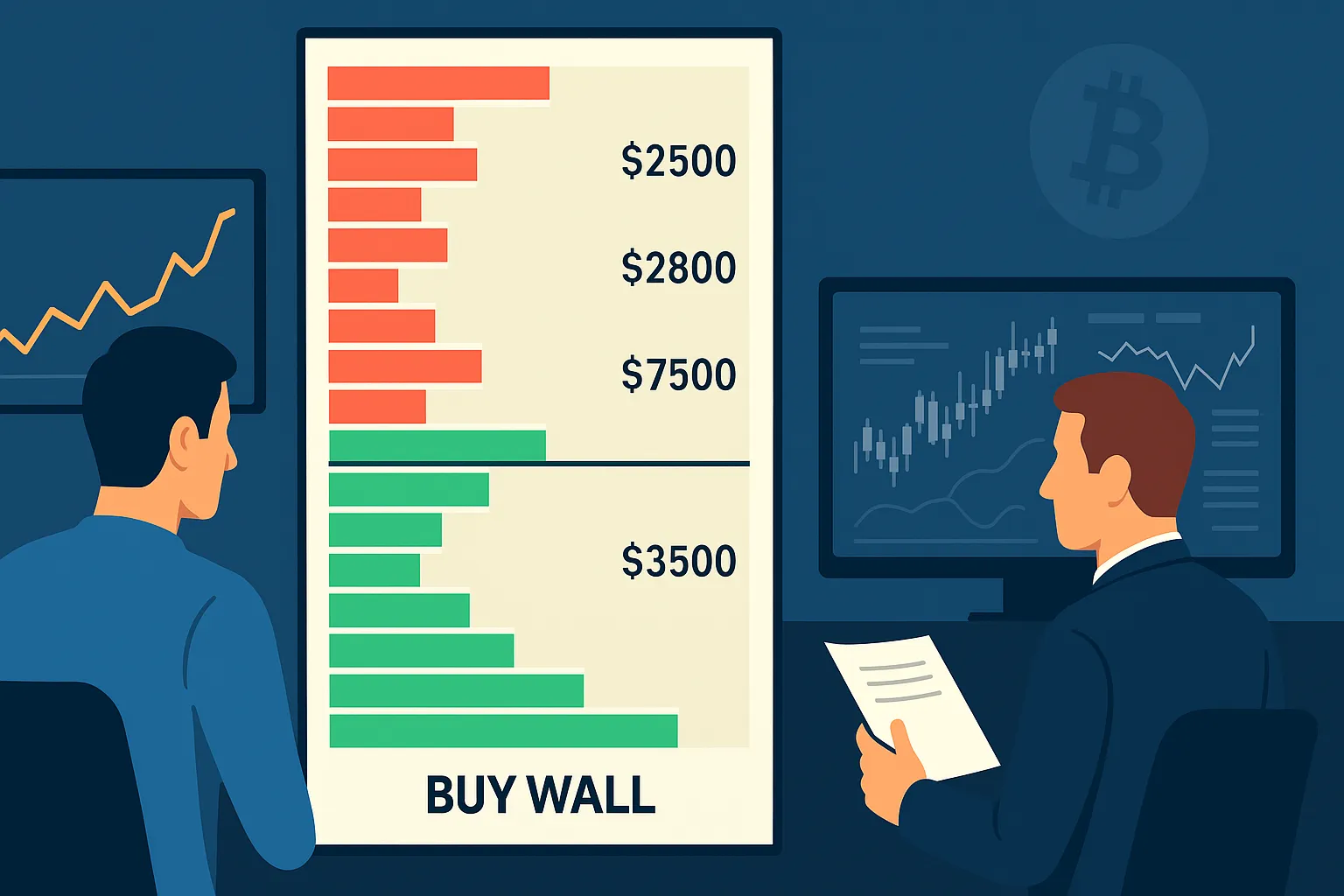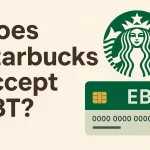Market Maker Buy Model in Crypto: 2025 Guide
Market Maker Buy Model in Crypto: How It Works and Why It Matters
Market Maker Buy Model is a trading strategy for cryptocurrencies where market makers place massive buys at specific price levels to influence sentiment, create illusory support, and dictate transactional flows. This model in decentralized finance (DeFi) and centralized exchanges (CEXs) is used to trap retail traders, absorb liquidity, and maintain asset prices stable. Understanding how the Market Maker Buy Model operates can assist traders in gaining an advantage in spotting fake support levels and avoiding hot liquidity traps.

Table of Contents
- What Is the Market Maker Buy Model?
- How Market Makers Use Buy Models in Crypto
- Buy Walls vs Liquidity Pools
- Real-World Examples of Buy Models in Crypto
- How to Spot a Market Maker Buy Model
- Conclusion
- FAQ
What Is the Market Maker Buy Model?
A Market Maker Buy Model of cryptocurrency trading refers to the intentional placing of high buy orders on major price levels in a bid to create the appearance of solid demand. These buy walls create the illusion of a price floor, attracting retail longs and pushing the market up without the market maker having to take humongous sizes. Optical pressure is the trick—creating the illusion of an order book filled with buyers, but the market maker is still liquid to pull or move liquidity wherever it is needed.
How Market Makers Use Buy Models in Crypto
- Create artificial support points to capture longs.
- Reap liquidity when retail panic sell causes sell-offs.
- Conduct volatility with dynamically deployable buy walls.
- Ensure key token valuations during key moments (e.g., token launches, IDOs).
By selectively adding and removing buy walls, market makers can influence the perceived value of an asset and steer price action towards intended levels.
Buy Walls vs Liquidity Pools
| Aspect | Buy Walls | Liquidity Pools |
|---|---|---|
| Purpose | Manipulate order book optics | Provide passive liquidity for swaps |
| Visibility | Visible on CEX order books | Implied in AMM reserves |
| Dynamics | Dynamic (appearing/disappearing) | Static (until liquidity is added/removed) |
| Control | Centralized actors (market makers) | Distributed LPs (liquidity providers) |
Real-World Examples of Buy Models in Crypto
Example 1: Binance Launchpad Tokens
Many tokens listed via Binance Launchpad experience heavy buy wall activity in the first 24–48 hours, stabilizing price artificially around key psychological levels (e.g., $1.00, $5.00).
Example 2: Low-Cap DeFi Tokens
During periods of low liquidity, whales and project insiders often use fake buy walls on decentralized exchanges with aggregated order books to attract FOMO buyers.
Example 3: Derivatives and Perpetuals
Market makers at perpetual swaps venues (like dYdX) use buy walls to manage funding rates and liquidity around key expiry periods.
How to Spot a Market Maker Buy Model
Signs of a Buy Model in Action:
- Indentically huge, round-number buy orders that get quickly canceled when price comes close.
- Tiered buy walls which materialize at uniformly spaced price levels (e.g., $0.25, $0.50, $1.00).
- Low fill rate action in the face of huge orders (indicates walls are psychological, not physical).
- Price responses staying at wall price repeated times.
Detection Tools: TradingView Depth Charts, DEXTools order-book aggregation signs, buy-wall bots on Telegram or Discord.
Conclusion
The Market Maker Buy Model is a powerhouse in crypto trading that controls market sentiment and drives liquidity. By understanding the traits of these constructed shapes, traders can make better-informed decisions, avoid FOMO traps, and even ride shotgun on the wave constructed by the market makers themselves. In cryptocurrency, liquidity reigns supreme — and the market makers are the architects.
FAQ
What is the Market Maker Buy Model?
In crypto trading, the Market Maker Buy Model is employed where large buy orders are made on significant price levels in an attempt to print deep looking demand and influence other traders.
How is a buy wall different from a liquidity pool?
Buy walls are large visible orders on CEX order books to mold market sentiment, while liquidity pools are passive DeFi AMM reserves that provide swaps.
How can traders spot a Market Maker Buy Model in action?
Traders can spot it by looking for unusually large, often round-number buy orders that appear and disappear quickly, stacked walls at key price levels, and low fill rates on those orders.



